|
谢谢 @zaobaosg @zaobaosg.lifestyle 今天刊登了我的这份稿《美景环绕 时光倒流 慢游日本北九州》为旅游封面 。感恩!去过繁华的东京,热闹的大阪,古韵的京都,浪漫的北海道,所以去年12月想挖掘一些日本小众又好玩的地方,于是我把目光投向日本第三大岛——九州。九州从北到南的景点相当多,因此对于第一次到九州旅行的我来说,就先从九州北部地区入手。我已经开始准备下次去南九州的环岛计划,期待和南九州相遇!
Thank you so much to @zaobaosg @zaobaosg.lifestyle for publishing my travelogue on Northern Kyushu in Japan 🇯🇵 as the cover page today! I didn’t expect the Northern Kyushu to be so beautiful. And I don’t even know why did it took me so long to come. Maybe I just thought it deserved time and no other distractions in the trip: no Tokyo, Osaka, Kyoto or Hokkaido this time. And I was right about this. But I had no idea to find so much and fall in love so deeply with this region, its landscapes, its history, its sincere and warm welcome. In Northern Kyushu I felt I was travelling into the heart of Japan. I hope I will be able to discover the Southern Kyushu soon! 点击这里就可阅读我的旅游全文 https://zb.sg/g/d2fF
0 Comments
谢谢 @zaobaosg @zaobaosg.lifestyle 今天刊登了我的这份稿《戈壁沙漠 荒凉之美》摄影作品集 。感恩!
我一直向往到沙漠走一趟,探索它的的神秘与辽阔,骑上骆驼行走沙漠。这次走访了蒙古,来到了全球第六大沙漠戈壁沙漠。走在荒凉的沙漠的上,才发现这是一场意志力和体力的拉锯战,因为要在细滑的沙丘上一步一步往上爬,其实很费劲。我一度想在半途放弃,但心想千里迢迢来到这里,还是坚持一步一步慢慢走,告诉自已一定要爬上去站在那最高点。当我终于站在沙丘峰顶眺望远方,浓郁而炽烈的金黄沙漠的颜色真让人心旷神怡,好像承载着太阳的光芒,在空旷寂寥中闪耀,一切变得神秘又动人。感觉沙漠的天空和白云都很靠近大地,只要伸出手,仿佛就能触摸到白云。这是我第一次如此的亲近大地。世界上有太多美丽的奇异国度,在大自然下,人是微小的尘埃。我们有时必须得克服身体和心灵上的障碍,才能看见眼前绝美的风景。沿途中所经历的一切,都是值得的。 Happy Sunday! My travel photo series taken at the world's sixth largest desert Gobi Desert is published in @zaobaosg @zaobaosg.lifestyle today. Grateful! The Gobi Desert in Mongolia is a panorama of emptiness. It’s what draws me to it: the uninterrupted grandeur of space. The light changes often, abruptly, like the flipping pages in a book & dust spins lazily in & out. I climbed to the tallest dune & the climb to the top of the massive dunes was not easy at all. Once I reached the ridge of the dunes, a great vista appeared before me. The views were amazing, although the wind was blowing hard picking up sand with force. I felt like I was being sandblasted. But the views & the whole experience were worth all it! 谢谢 @zaobaosg @zaobaosg.lifestyle 今天刊登了我的这份稿《粉色仙境随拍即景 无锡太湖鼋头渚》为旅游封面 。
每年春季总是让人好想去看一场绝美的樱花。时间拉回到2019年底,我兴冲冲地规划好2020年三月看樱花的旅行计划,谁知一场突如其来的疫情席卷全球,以至于暂停了我环游世界的梦想。但是,追樱的心却不曾被浇灭,就这么痴等了四年后,今年春季的赏樱之旅终于成行了。除了日本和韩国,还有很多绝美的赏樱之地,所以我选择了去中国三大赏樱胜地之一的太湖鼋头渚。根据鼋头渚官方预测今年三月上旬樱就能全面开花,因为中国的樱花因气候更早回暖,所以会比日本、韩果的樱花更为早开放。其实,赏樱是很考验运气的,需要天时地利人和,于是我盘算出行计划,买三月初的机票前往无锡,结果很辛运的能在这段最美的时间里开启我等待已久的赏樱之旅,享受盎然的春意。 在鼋头渚的整个赏樱过程成为了一场梦幻之旅,樱花的绽放就像一场盛宴,美得让我连眼睛都舍不得眨。如果不是亲眼看见,真的不敢相信,樱花满开是这样的震撼与迷人。漫步在繁盛的樱花树下,阳光温柔地洒在身上,就是人生中最美好的时刻啊!俗语说,计划赶不上变化,虽然几年前因疫情不能如愿追樱,但是,今年三月我终于实现了赴一场和春天的约会,在鼋头渚完美邂逅浪漫的樱花,不虚此行。人生就是如此,总是会有和预期不相符的时候,但我们也不能不去做计划,只要放平心态,随时增补和改变计划就好。我已经开始计划明年春季要到哪看樱花的行程了! Happy Thursday! Thank you so much to @zaobaosg @zaobaosg.lifestyle for publishing my travelogue on the cherry blossom 🌸 at Tuantouzhou in Wuxi, China! I finally went for a sakura trip after four years since the pandemic, to seek the beauty of gentle spring breezes and fluttering cherry blossoms and it turned out to be one of the best sakura trips in my life so far. The Yuantouzhu (a.k.a. Turtle Head Isle) Scenic Area on Taihu Lake in Wuxi, Jiangsu province, is a fabulous destination for admirers of cherry blossoms and its beautiful scenery. The Cherry Valley in Yuantouzhu, has more than 30,000 cherry trees of 100 varieties and is the largest cherry garden in China! My Photo Travelogue on Mongolia《澳门亦真亦假欧陆风情》Published in Lianhe Zaobao 联合早报旅游版 on 8 February 20248/2/2024 谢谢 @zaobaosg @zaobaosg.lifestyle 今天刊登了我的这份稿《澳门亦真亦假欧陆风情》为旅游封面 。感恩!很多人都觉得澳门 🇲🇴 是个以赌博为主的城市,有些人甚至认为,除了赌之外,澳门就没有什么引人之处。澳门一直没有刻意去宣传它的景点,所以如果不曾亲自前往,或者没有深入体验,会有澳门除了赌场之外,没什么可以游玩的感觉。来过澳门旅游的人都会发现,真正的澳门其实多姿多彩,有美丽优雅的建筑和有许多豪华璀璨的大酒店等。澳门,是一个让我去了之后又想去的地方,因为无需长途跋涉,去一趟澳门就好像去了一个欧洲。疫情后久别重临澳门有种不一样的感受,因为发现了澳门鲜为人知的一面,很多建筑都根据欧洲的特色建筑来制造,所以可以轻松地体验欧洲国家的曼妙多姿,让人流连忘返!
Happy Thursday! Thank you so much to @zaobaosg @zaobaosg.lifestyle for publishing my travel photo story on Macau in full coverage today! If you think that Macau is just a small city that famous for the nightlife and casinos, you are wrong. In fact, behind the lively nightlife, this casino city also has impressive tourism. As formerly part of the Portuguese Empire for more than 400 years, Macau is closely related to European culture, so Macau has a little touch of Europe. Walking through Macao’s European-style squares and passing the beautiful and intriguing buildings, you can almost believe you’re exploring a city in Europe! 谢谢 Lianhe Zaobao 联合早报 zbNOW/早报现在 今天刊登我的这份稿。非常感恩。希望大家能一起关怀社会,帮助有需要的无家者。
香港是一座高楼耸立、经济高速发展的现代都市,但繁华奢侈的背后隐藏着一群每天在城市挣扎求存,社会关怀人士:无家者。无家者露宿街头是香港一个存在已久的社会现象,随着城市财富累积却变得有增无减。无家者通常在公园、隧道或天桥底等公众地方露宿,有一些则在24小时开放的餐厅留宿。在疫情爆发后,香港政府围封了许多天桥,有不少餐厅不再24小时营业,令很多无家可归的街头露宿者的处境更艰难。 近年来,有些香港电影刻划了无家者生活穷困潦倒。例如,由郭富城主演的《麦路人》,讲述在24小时快餐店内无家者的生活点滴,社协寄望社会大众,不要视无家者只如陌路人,也接纳无家者成为社会的一份子。另外,由吴镇宇和谢君豪主演的《浊水漂流》取材于曾经轰动全港的“通州街事件”——食物环境卫生署联合和警方,在未事先通告的情况下,对深水埗通州街天桥底的露宿者聚集清场。无家者成为无家者的原因众多,例如,一些是与其工作状况(如失业等原因)或家庭破裂有关导致经济出现困难,房屋短缺又开支难以承担、应付不了暴涨的租金,可负担居所的环境十分恶劣(例如有木虱)等,被迫流落街头。 Thank you very much to Lianhe Zaobao 联合早报 zbNOW/早报现在 for publishing my photodocumentary article today. Homelessness is one of the major social problems in Hong Kong . The forces which affect homelessness are complex and often interactive in nature. Some may be in transitional housing, others in shelters. Some may be completely on their own or with a companion of sorts, others are entire families lacking shelter, food, and basic everyday essentials more fortunate people take for granted. It is hard for anyone to believe that living on the streets could be a reality. For those who live in busy cities, it is easy to become numb to the homelessness problem around us. We see homeless people on the streets, asking for change or collecting bottles. We accept that a certain amount of homelessness is inevitable. But homelessness is not a given. The majority of homeless people have been driven into their unfortunate situation by sudden, unplanned events. Contrary to the popular belief that homelessness stems from some sort of mental or physical incapacity; there are plenty of other reasons that individuals end up without a home. The Bayanzag is a famous escarpment at the edge of a large plain of the Gobi Desert in Mongolia 🇲🇳. It is famous for dinosaur fossils and it is the first place in the world where extremely well-preserved dinosaur eggs were found. You won't see dinosaur eggs or skeletons here now, but you can imagine the dinosaurs moving around at this site during the Jurassic period. The escarpment is very eroded and has steep edges and indentations like small canyons with numerous sandstone formations. The rock is composed of red sandstone and reminds me of the Grand Canyons in the USA. The place looks beautiful in the sunset light when the entire cliff glows red and orange, looks like it is on fire, hence the name "Flaming Cliffs" 🔥. Despite the bumpy journey, the beautiful rugged countryside views are well worth the effort!
烈火危崖的正式名称叫做巴彦扎格,位于蒙古戈壁地区。这里,是曾经是恐龙的聚居地,时至今日,难以再发现恐龙化石。烈火危崖是巴彦扎格的俗称,之所以取此名称是因为这一广阔的区域分布着众多红如烈火般的危崖,天高云淡,视野非常开阔,自很远处就能看见它们娇艳的身影。走进峡谷,踏着松散的沙岩往高处走,放眼一片无尽的沉积红土沙岩,荒旱而壮观。这里的沙岩如火如焰,似要把整片蓝天染红,宛如美国大峡谷,令人目不暇给。尤其是在日落西山的时候,刹那间灿烂得睁不开眼,整个人立刻就陷入了不真实的魔幻之境。长途跋涉远道而来到了巴颜札格烈火危崖,整体给我的感觉是既坚毅又强悍,不虚此行,格外难忘! The Gobi Desert in Mongolia 🇲🇳is a panorama of emptiness. Nothingness is a key feature of Mongolia. The country consists mainly of sky doming expansively over the arid earth. It’s what draws me to the Gobi region: the uninterrupted grandeur of space. In a world compressed by connectivity, I want to regain my sense of scale in the 6th largest desert in the world.
The Gobi is not a coherent landscape. It changes often, abruptly, like the flipping pages in a book, the light changes every ten minutes and dust spins lazily in and out of existence. I climbed to the tallest dune in the area. The climb to the top of the massive dunes was not easy with a 45 degrees incline. Once I reached the ridge of the dunes, a great vista appeared before me. The views were amazing, although the wind was blowing hard picking up sand with force. I felt like I was being sandblasted. I had to cover my face tight to prevent fine sand from being blown into my eyes, ears and mouth. I walked along the crest of the massive dunes for some distance. The walking was not easy at all and the sand would slide from under my feet as I walked. The sliding sand would make a singing-like sound, hence the name "singing sand dunes". I had a kilo of fine sand in each shoe and inside my socks at the end of the day. But the views and the whole experience were worth all the long driving to get here. The Gobi Desert is truly an amazing spot and it is a must visit in Mongolia! 我向往可以到沙漠走一趟,所以走访了蒙古 ,来到了全球第六大沙漠,戈壁沙漠。我原本只是想亲眼目睹沙漠的的神秘与辽阔,还有骑上骆驼🐫在沙漠漫行。行走在荒凉的沙漠的时候,才发现这是一场意志力和体力的拉锯战,因为要在细滑的沙丘上一步一步往上爬,其实是很费劲的。我一度想在半途放弃,但心想千里迢迢来到了这里,还是坚持慢慢一步一步走,告诉自已一定要爬上去站在那最顶点。 当终于站在沙丘峰顶上眺望远方,浓郁而炽烈的金黄沙漠的颜色真让人心旷神怡,好像承载着太阳的光芒,在空旷寂寥的沙漠中闪耀,一切变得神秘动人,而且觉得在沙漠的天空和白云都很靠近大地,只要伸出手,仿佛就能触摸到它们。这是我第一次如此的亲近大地,也能感受到世界上有太多美丽的奇异国度,在大自然下,人是微小的尘埃。我领悟到一些绝境必须得克服有些肢体和心灵上的障碍,才能看见眼前的风景,所以沿途中所经历的一切,都是值得的! 谢谢联合早报今天刊登了我的摄影文章《蒙古大草原,景胜油画 鹰击长空》为旅游封面! 我一直对大草原有深深的向往,也许是在城市生活久了,内心特别想去某个人迹罕至的遥远地方,憧憬大草原生活自由宁静的感觉。草原辽阔的蒙古,成了我向往的纾压之地,决心这辈子一定要去蒙古一次,更希望借此一圆在蒙古草原上策马奔驰的愿望。由于蒙古大部分被草原覆盖,北部和西部多山脉,草原生活成为最有吸引力的旅游项目。走进蒙古,这里正是我期待的样子——蓝天绿草围拥的寂静,群山草原一泻千里,野生植物漫山遍野。秋季的蒙古温度宜人,阵阵凉风吹过,让人远离酷暑的折磨,美丽的景色令人心旷神怡。💙 在辽阔无际的蒙古草原,感受世界的广袤,浸淫其中常觉得自身的渺小。此行挑战了我的视力极限,能装下这些壮丽景致的,不是广角镜头而是开阔心胸,任何言语都无法准确地形容草原的美,就像做了个去到另一个世界的梦似的! ✈️🧳📷✍🏻🇲🇳
Happy Thursday! Thank you so much to @zaobaosg @zaobaosg.lifestyle for publishing my travel photo story on Mongolia in full coverage today! Mongolia offers a wide, varied and mostly untouched landscape that is breathtaking for any visitor. The home of herders and the birthplace of Genghis Khan and his subsequent empire, this country and its long vibrant history is truly like no other, and once you’ve had a taste of it’s magic, it’s hard to leave it behind. The first thing that I noticed about Mongolia is the space. And this wide-open space makes it easy to understand the lure of the nomadic lifestyle that many of the countries people lead across the numerous steppes and mountain ranges of this spectacular country. Once you have had a taste of this unlimited freedom then the cramped, claustrophobic city life is hard to go back to! Hustai National Park is one of the protected areas in Mongolia – a huge expanse of grassland steppes and surrounded by rounded hills. The absolute highlight of the park are the rare species Przewalski’s wild horses – the Mongolians call it Takhi. They were reintroduced to the park in the 90’s and today there are over 220 takhi in the park. Hustai is the only place in the world where these horses live in the wild. The best time to see them is in the evening. The horses 🫏🫏🫏 hide out high in the hills during the day, but in the evening they come down to the Tuul River which runs through the park.
蒙古的呼斯台国家公园拥有连绵青翠的山坡及一望无垠的大草原,是世界上唯一尚有濒临绝种的普式野马的培育繁殖中心。它们让人们离得足够近以致于能够听到马哼声和嘶嘶声,看到真正的普式野马在小溪边饮水,在自然栖息地中自由活动,景象真的很美,我赶紧换上望远镜头拍下珍贵的照片。寻找它们的最佳时间是下午5点半左右。 During a short journey in Ulaanbaatar, Mongolia before adventuring the countryside, was a visit to the Zaisan memorial which lies in the foot of a hill in Ulaanbaatar. After driving to the uppermost parking lot on the hill, I climbed 300 steps before reaching the monument and mural (612 steps if I had started at the base of the hill). I was rewarded with excellent panaromic views of the entire city of Ulaanbaatar after I made it to the top of the hill.
The Zaisan memorial is a ring-shaped structure built to commemorate the sacrifice of the Mongolian and Soviet soldiers martyred in World War II. A circular mural exhibits the friendship shared by the Mongolians and people of the USSR. A Soviet tank mounted on a concrete pedestal that celebrates the efforts of the Mongolia People's Tank Brigade that covered a distance from Moscow to Berlin in World War II is also part of this memorial. 在乌兰巴托城里游览了一遍,不禁想找一个地方从高处俯瞰整个城市,还真的有这么一个地方——乌兰巴托南部的翟山。如果要参观翟山抗日纪念碑,车子只能开到半山腰,然后得爬300级的梯级,才能到达山顶。 翟山纪念碑整体呈环形,环形墙上粘著瓷砖彩。这里主要是为了纪念二战时英勇殉战的苏联士兵。在纪念碑周围的壁画上,除了抗战的情景,还有苏联支持蒙古独立,苏联军打击纳粹,苏蒙友好的画面。这里已成为蒙古学生爱国主义教育基地,同时是乌兰巴托市民休闲散步的热门景点。从这里俯瞰,乌兰巴托全市风采尽在眼前,甚至可以清楚看到土拉河穿过乌兰巴托,呈现一片繁华的景象。 Eagle 🦅 hunting dates back thousands of years in Mongolia 🇲🇳. But in more recent times, when the communists took control in Kazakhstan, many Kazakhs fled into Mongolia and primarily the region of Olgii. That’s where the majority, if not all of the remaining eagle hunters reside in Western Mongolia. I flew into Olgii town from Ulaanbaatar and visited a mountain nomad kazakh eagle hunter family to observe, to experience the nomad way of life as well as eagle hunting safari.
我一路西行,搭乘国内航班约三小时去巴彦乌列盖,是距离乌兰巴托最偏远的地区,彷彿与世隔绝,有着壮观的森林峡谷,清澈的高山湖泊,长满野花的草原,纯净的自然风景美得令人惊叹。哈萨克族是巴彦乌列盖省的主要人口,也是猎鹰人的称号,世代定居在阿尔泰山下,游牧和狩猎是他们谋生的方法。与其他民族手持弯弓的狩猎方式相比较,哈萨克族最具民族特色的狩猎方式就是鹰猎了。因猎鹰人并不会汉语,我也不会哈萨克语,所以我们比划的交流着,达到了相互理解,他们把鹰头上罩着的头罩摘掉,并举起了胳膊,为我全程演示了一次猎鹰的全过程。 I jumped out of my seat in the car when I heard the words "The horses 🐎🐎🐎 have arrived ! " as the sound of the hooves pounding the ground & the people waiting for their arrival were filled with excitement. And it's not just the people. The horses too seem to become energised as the rider becomes one with the horse in that silken moment when the eyes of the rider & audience alike are filled with tears.
This emotional fusion between horses & humans resembles the merging of the souls of Mongolian riders with those of their horses. It evokes memories of the path traveled & the history passed down, evoking empathy & affection for all involved in such poignant moments. The secret of how the horse & the Mongolian rider unite & become one breath remains unknown to this day. Between these horses & humans remains a secret that no one can explain, shrouded in the dense fog of the past.... 从古至今,蒙古民族对马有着特殊的感情。因为,蒙古人的一生始终离不开马背,而且在游牧狩猎、行军作战和风俗礼仪中,都有骏马在伴随着的踪影。由此,自然而然地在民族生活中,形成了多姿多彩、独树一帜的马文化。马是蒙古族的象征,也是蒙古人的骄傲。每当蒙古人跃马扬鞭、奔腾驰骋的时候,就感到山川在眼前流动,大地在周围旋转,一个个精神抖擞,豪情四射,斗志昂扬,一往无前。因为有了马,蒙古人才有了超人的速度和高度,不仅缩小了空间,也缩短了时间,骑在马上不但自由自在地游走于茫茫无际的草原,而且无拘无束地纵横在广阔无边的天地。 许多人一说起草原游牧民族的辉煌历史与灿烂文化,往往忽略了蒙古马为之奉献的丰功伟绩。假如没有蒙古马的存在和全力以赴的默契配合,也就不会产生马背民族之称谓,更谈不上什么草原文明。蒙古民族的聪敏才智、开拓宽容、放眼世界、大无畏之精神以及所拥有的一切,都与神奇的骏马息息相关。蒙古马对马背民族的贡献无与伦比,在源远流长的草原游牧文明中,蒙古马的功劳无所不在,甚至就连“蒙古”这一古老的名称,其实也在折射着人与马相结合并存的倒影。。。 我在香港拍摄的《层层叠叠之美,游香港公共屋邨》照片组刊登在今天(十月二十二日)的 zbNOW/早报现在【光影】版 。感谢 Lianhe Zaobao 联合早报! 公共屋邨载满不少香港人的童年回忆。在战后民生困苦的年代,大批中国难民涌入香港,搭起简陋居所,奋苦求生。但1953年12月25日石硖尾寮屋区发生的一场无情大火,再次冲击难民本就艰难的生活,让他们再次无家可归。当时香港政府为了尽速安顿数万名灾民,一栋栋的屋邨仔因此诞生,为香港人提供了栖身之所。这么寻常的城市空间,我们有时会忽略它的美和特色。这次时隔四年重返香港旅游,我选择探访不同类型的旧屋邨,以另一种角度观察香港,也是一种特别的游玩方式。每一座旧屋邨建筑的外形不尽相同,散发着旧而不残的风霜感觉。某些外形比较独特的屋邨从特定的摄影角度拍过去,便能呈现由不同形状堆叠在一起的几何图形,意想不到的效果是屋邨摄影令人着迷的地方!
Archery 🏹 from horse-back 🐎 is an ancient skill on display, and evidently very difficult in Mongolia 🇲🇳. Traditional Mongolian archery 🏹 was integral to the nomadic lifestyle they led. Under the leadership of Genghis Khan and his descendants, archery was instrumental in building one of the largest empires the world has ever seen as they swept away most who faced them. It is such a great spectacle to attend such meetings where you can feel the specter of the Great Genghis Khan, inventor of this spectacular technique where you have to shoot the arrow at an extremely precise moment to not miss the target!
骑射是蒙古族狩猎和作战之必需,骑射之风闻名于世。尽管弓的构造随着时间的推移而发生了变化,但蒙古射箭的传统仍在继续。 在蒙古美丽的大草原上,经常可以看到男女老少弓箭手身着艳丽的民族服饰,手握具有民族特色的传统弓箭,他们或骑射、或立射,展示百步穿杨的本领。现代的射箭距离是一百八十步到三百步,难度等于要求射者远远看到土拨鼠从地表钻出头,就要一箭把它射死。天似穹庐,草原辽阔,雄姿英发的骑手扬鞭策马,上下翻滚、左右腾挪,尽显马背上民族的热情奔放。满弓拉弦、瞄准目标,右手松弦的瞬间,一支弓箭在呼啸声中飞向箭靶,欢呼声、呐喊声响彻整个蒙古风情园! 谢谢 @zaobaosg @zaobaosg.lifestyle 今天刊登了我的摄影文章《意大利科莫湖别墅依旧傍水,如画风景更胜电影》为旅游封面 !
去年在瑞士旅行的时候,发现意大利北部阿尔卑斯山区著名的湖泊之一,科莫湖(Lake Como)与瑞士接壤,于是我从瑞士中央车站乘坐火车直达科莫,需要两个半小时。旅客也可以从米兰出发,只需要半个小时的车程即可到达。十月的秋季,天气宜人,科莫湖极富诗意,云朵缭绕,如同仙境一般。这里有欧洲最深的雪山湖畔,被高耸群山包围,深绿色的树林中点缀着一个个暖色调的小镇,静谧的湖水,犹如一幅最优雅的水彩画。很多喜欢看欧美大片的影迷看到科莫湖都会有一种熟悉的感觉,因为这里的美景太过于梦幻与童话,所以也成了很多热门电影的取景地。我对科莫的认识是从电影《星球大战II:克隆人进攻》(Star Wars: Episode II Attack of the Clones)里安纳金·天行者(Anakin Skywalker)与帕德梅·艾米达拉(Padme Amidala)在一座别墅的凉亭举行婚礼的场景开始的。科莫湖超过了我所见过的任何美丽事物,不可阻挡的文化韵味以及秀丽的自然景观在这里溶为一体,以致无法找出它们之间的分界线。四周隐藏着很多唯美静谧的花园别墅,每一个场景都像电影画面,氛围感十足。漫步在花木与湖光山色间,在悠远宁静中尽情挥洒时光,仿佛走入一场美到不真实的梦境。当你亲眼见到,会发现实景比影片还美。科莫湖的美,的确值得停留! Happy Thursday! Thank you so much to @zaobaosg @zaobaosg.lifestyle for publishing my travel photo story on Lake Como in full coverage today! This was one of my favourite stops on my way to Milan from Switzerland during fall last year: Lake Como. There is something magical about Lake Como that is hard to describe. Surrounded by lush mountains and stony villages along serene waters, Lake Como is one of the most beautiful regions in Italy 🇮🇹. There are plenty of ways through which visitors can soak in the beauty of Lake Como: hikes along ancient paths on mountain tops, stay at luxury villas whose doors open up to the majestic lake, or even quiet dinners at wine bars and quaint trattorias hidden inside the alleys of Lake Como's charming resort towns. I knew it had to be fabulous, but I admittedly was unprepared for the dramatic scenery that surrounds this Lake. The backdrop of the snow-covered Swiss Alps with the gorgeous lakeside villas dotting the foreground was like nothing I’d ever seen before. A perfect lake vacation spot combines scenic surroundings, pretty towns near or on the water, and a hint of something that makes it unique in Northern Italy, Lake Como is a must-see on any Italy itinerary! |
Author
|




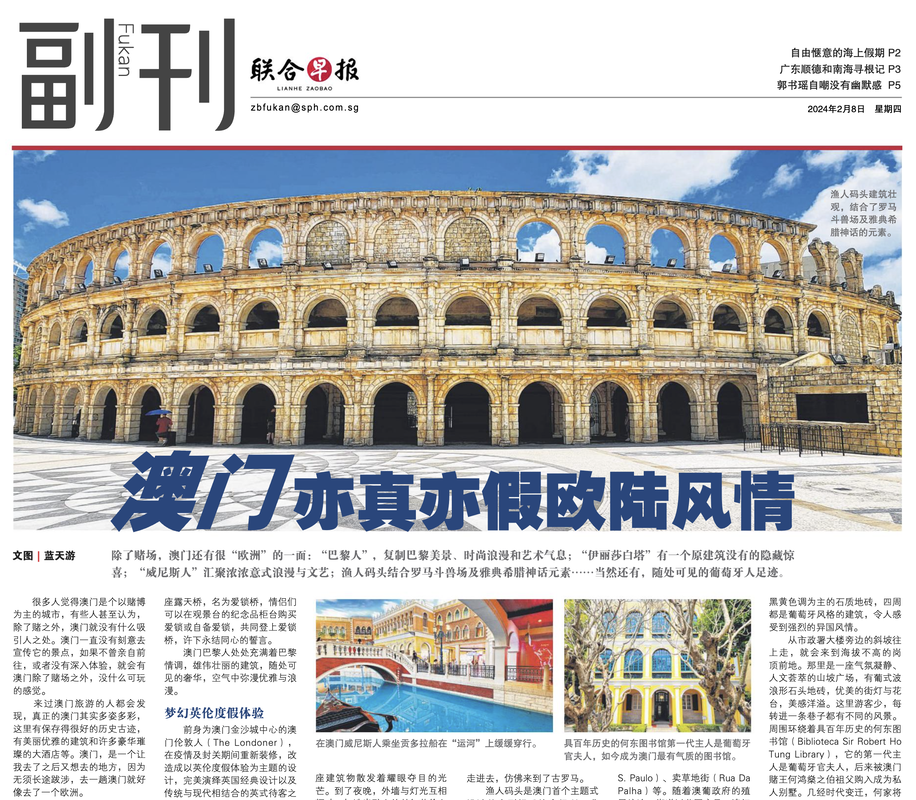
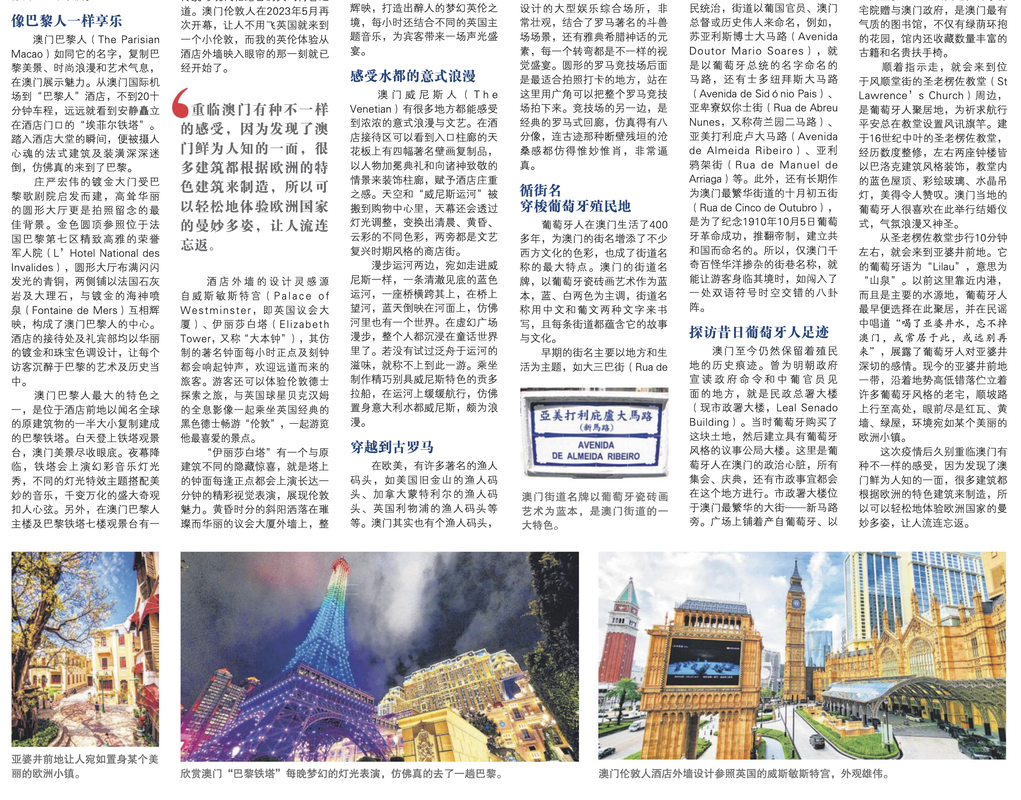
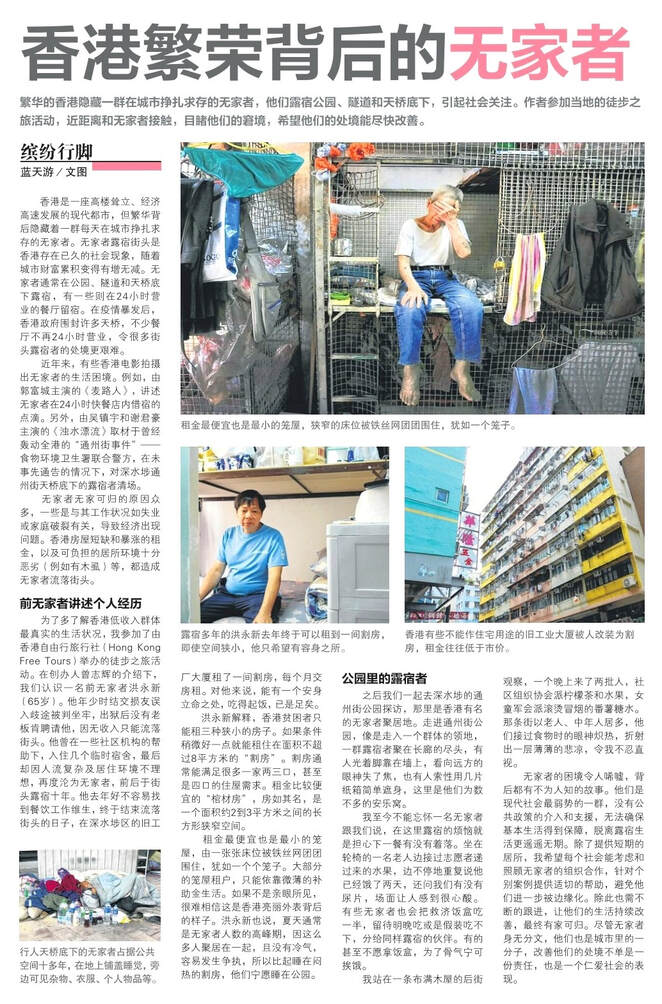



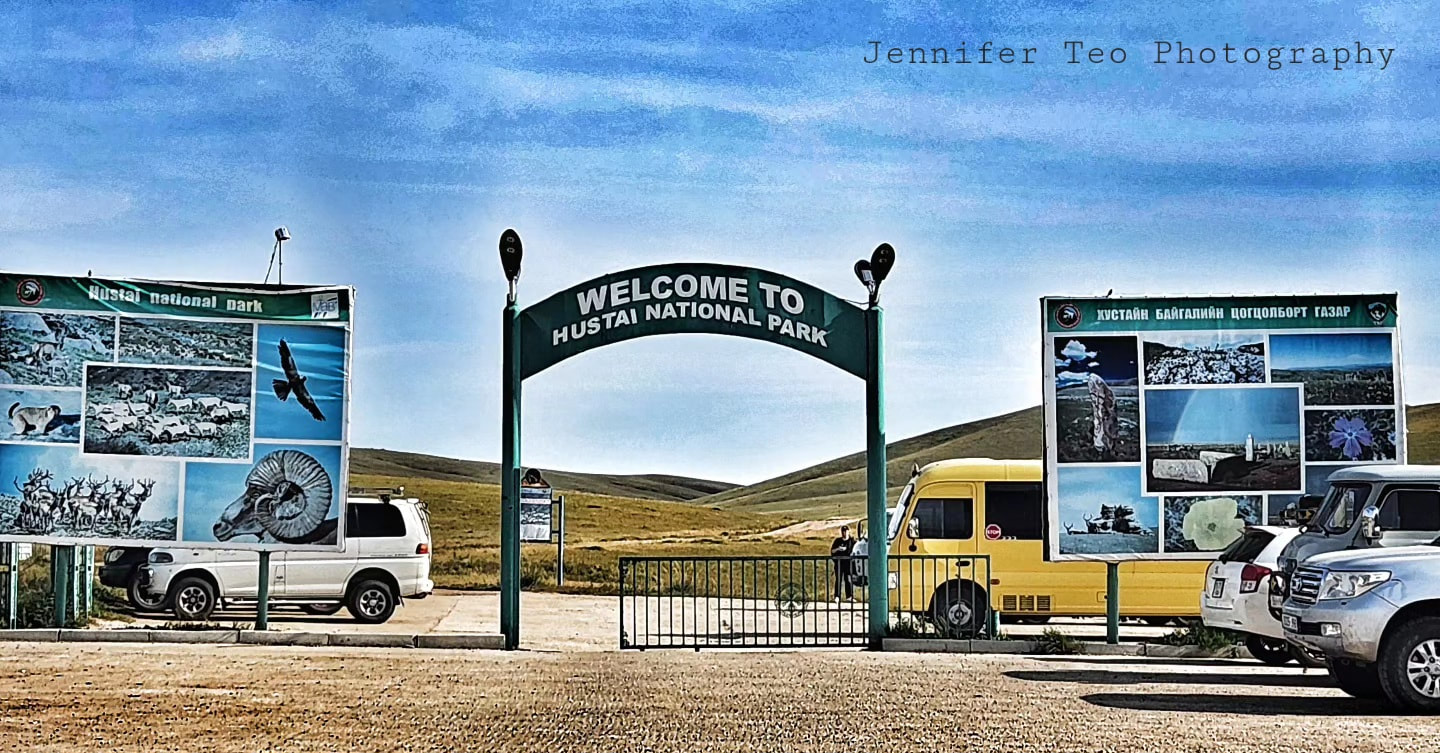
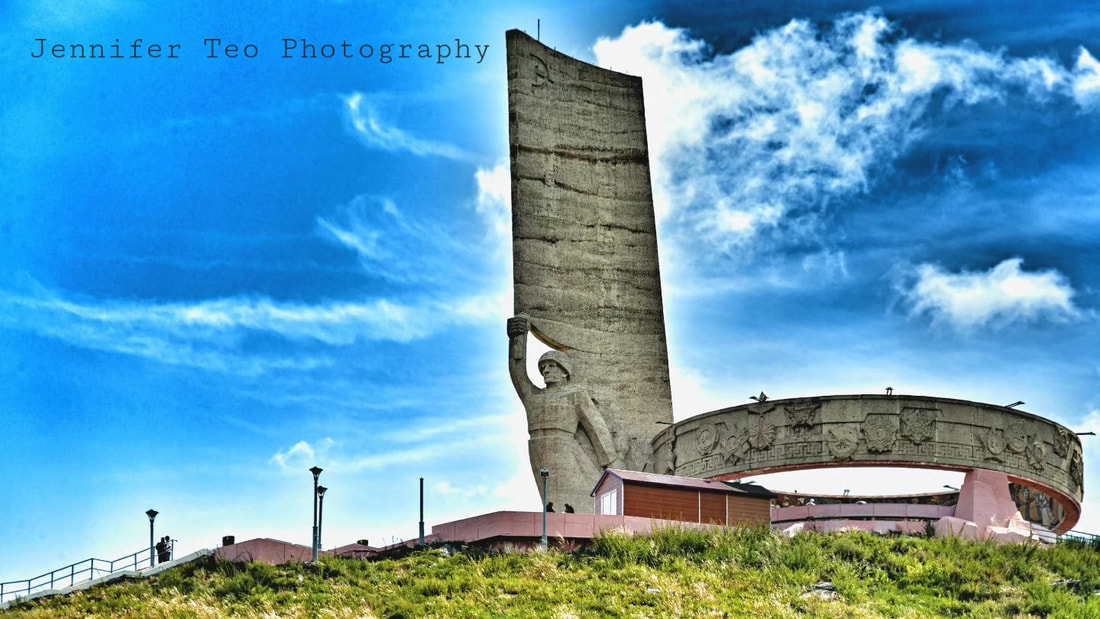

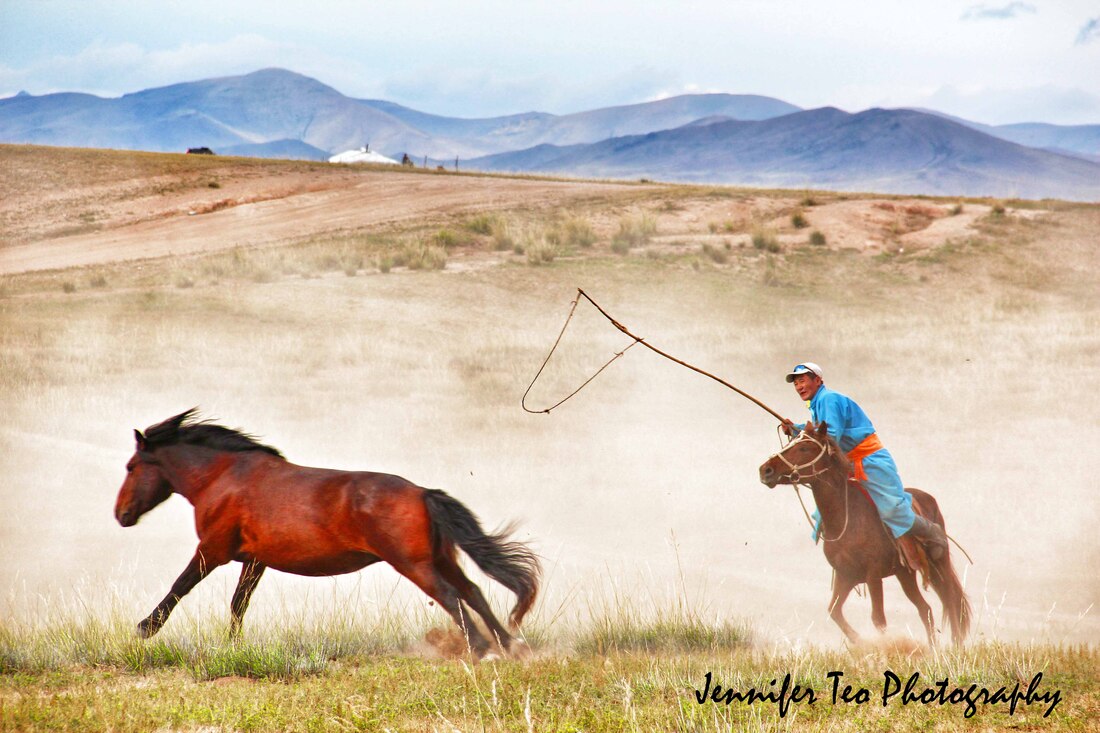
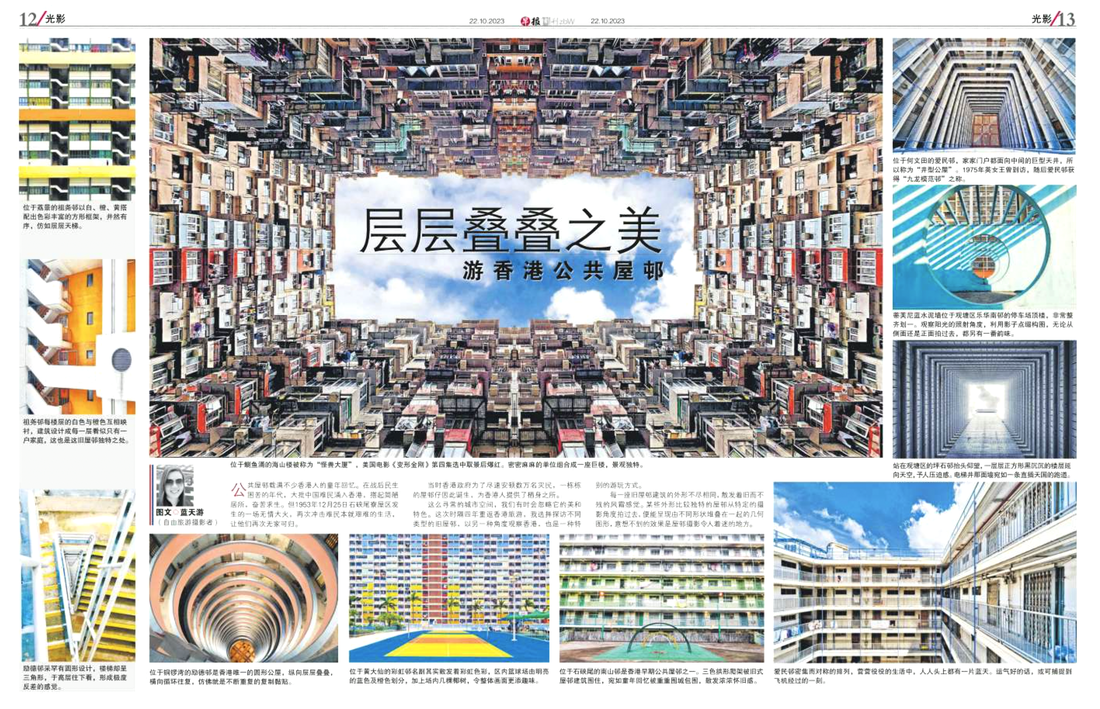
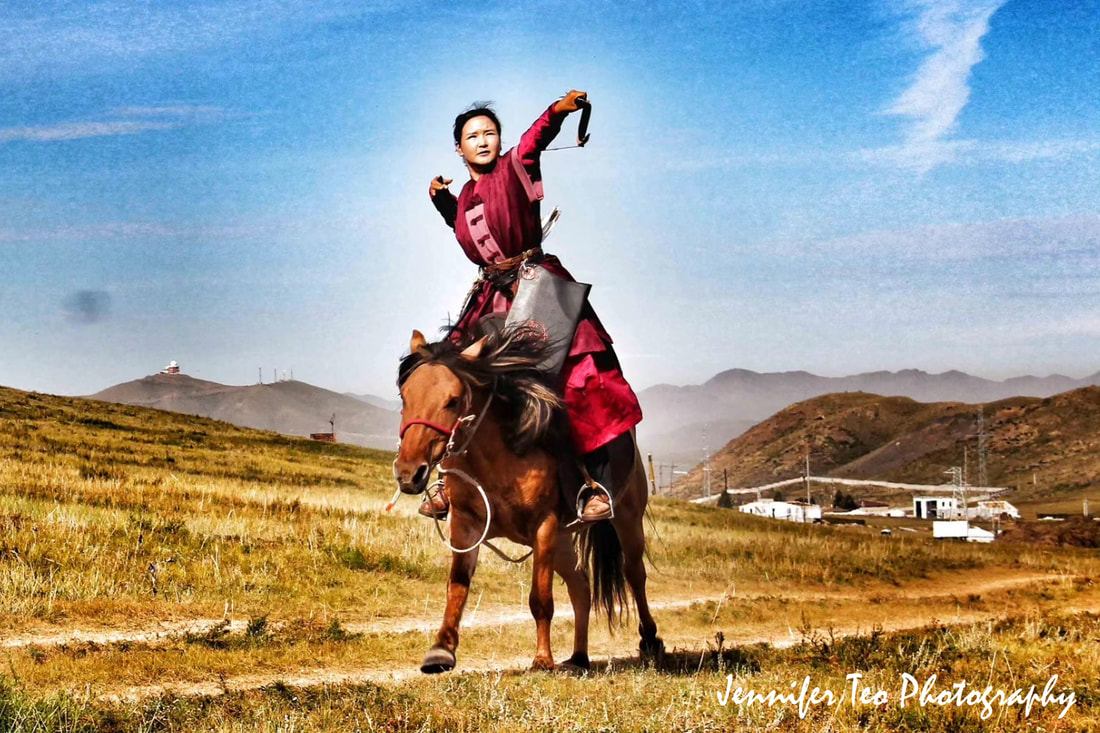
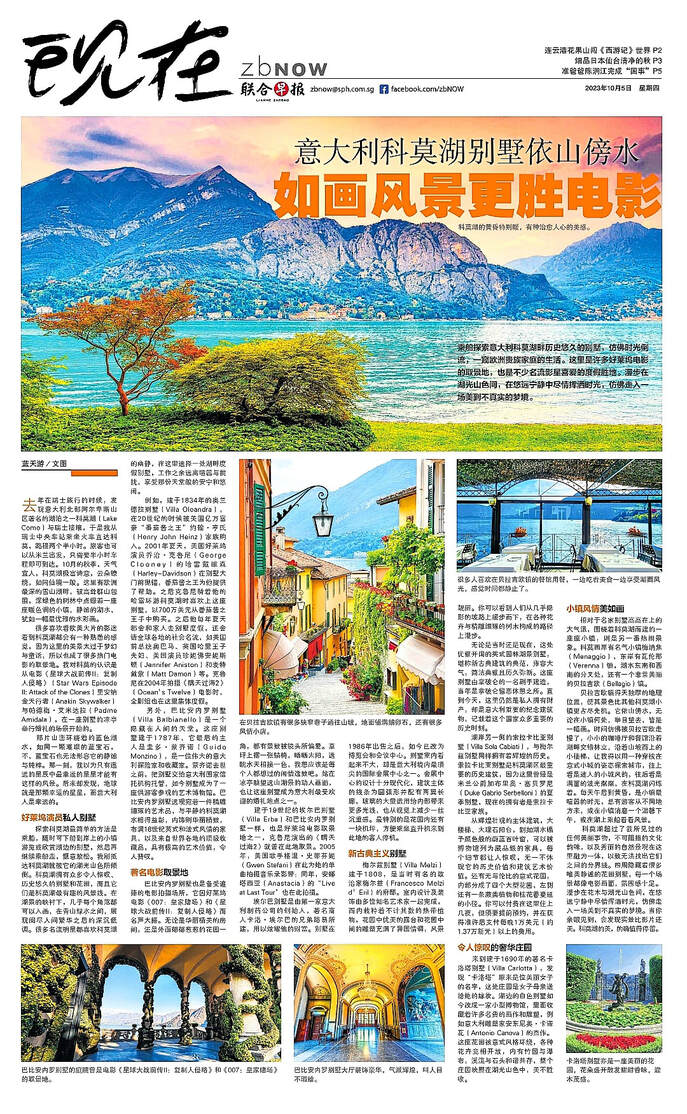
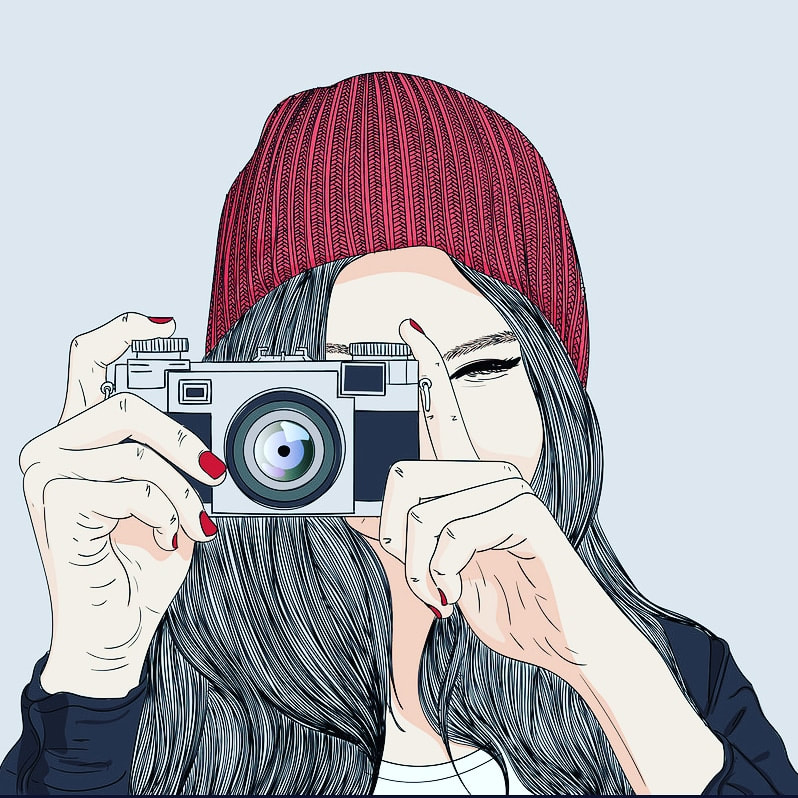
 RSS Feed
RSS Feed






